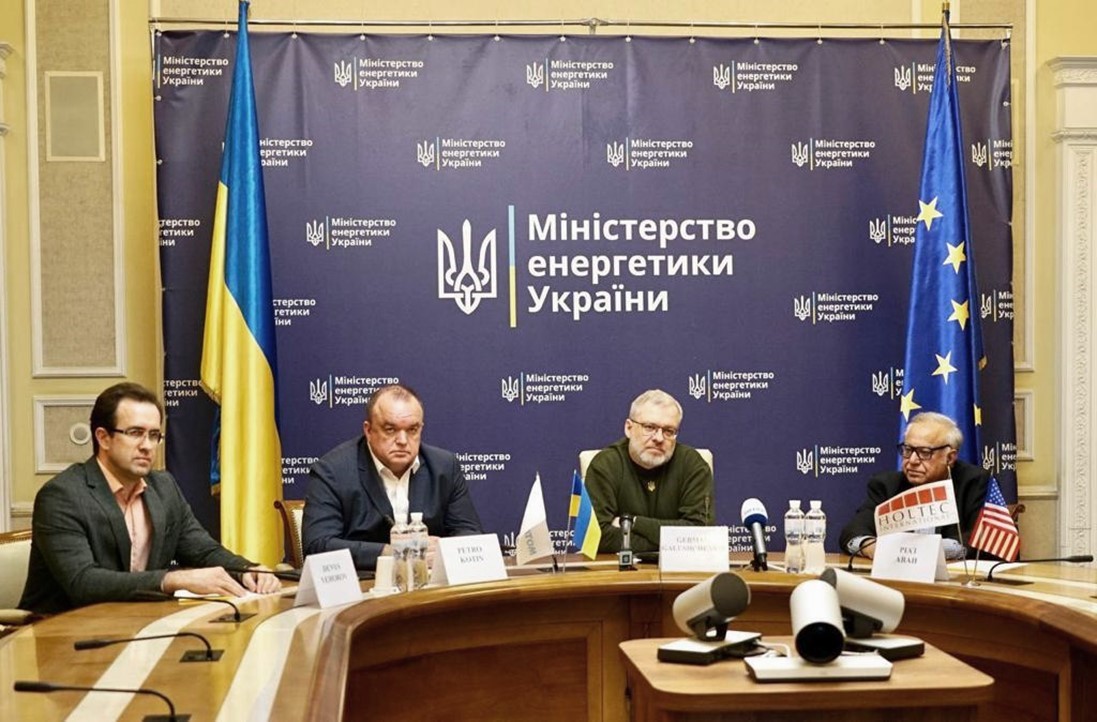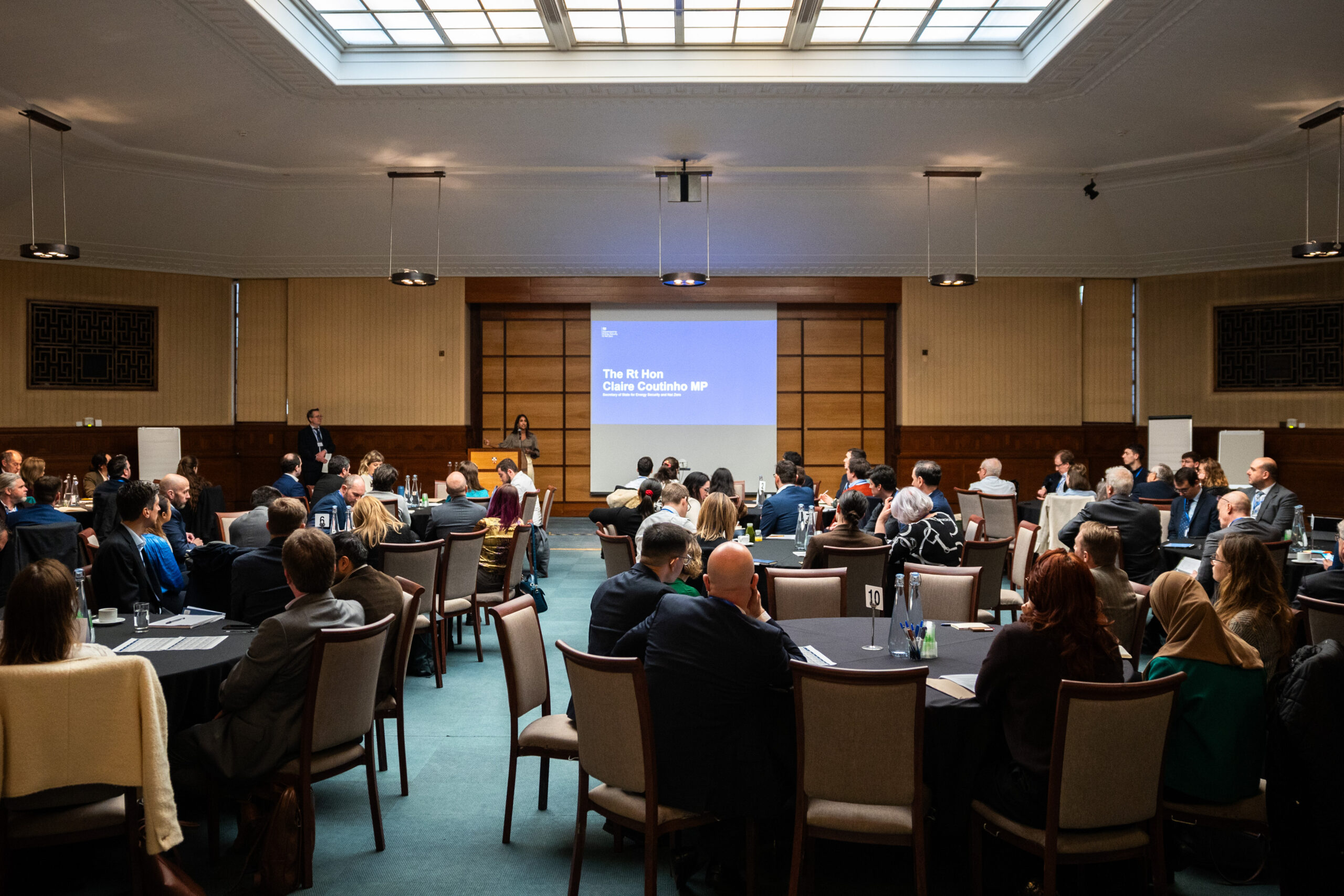The Cooperation Agreement envisions implementation of the first SMR-160 Pilot Project with the goal to reach minimum controlled reactor power and connection to the grid by March 2029.
Today, Ukraine’s SE National Nuclear Energy Generating Company “Energoatom” and Holtec International signed a Cooperation Agreement that envisions implementation of the first SMR-160 Pilot Project with the goal to reach minimum controlled reactor power and connection to the grid by March 2029. The Cooperation Agreement further contemplates Energoatom and Holtec jointly developing an efficient execution plan for an expedited construction and commissioning of up to twenty (20) additional SMR-160 plants in Ukraine and for establishing a manufacturing facility in the country for localizing the production of the variety of equipment required to build SMR-160 reactors.
The Cooperation Agreement was signed by Energoatom President Mr. Petro Kotin in Kyiv, and concurrently by Holtec International President and CEO Dr. Kris Singh in Camden, New Jersey. Dignitaries at the signing ceremony included Minister German Galushchenko of the Ministry of Energy of Ukraine, Mr. Riaz Awan, Vice President of Ukraine Operations for Holtec International, as well as representatives from various Ukrainian organizations, and local news media.
This agreement seeks to strengthen the decades long relationship between Ukraine and Holtec to provide clean energy solutions to the nation and sets down a pathway for a green energy future for Ukraine in the post-russian aggression age. As set forth in the Cooperation Agreement, a joint project office is being established to proceed with the work effort required for licensing and deployment of Holtec’s SMR-160’s throughout Ukraine, with a focus toward former coal generation sites.
The Honorable Minister of Energy of Ukraine German Galushchenko noted:
“Construction of small modular reactors in Ukraine would not only contribute to the strengthening of the country’s energy security, but would also allow replacing thermal power plants destroyed by russian attacks and achieving decarbonization goals. We plan a complete replacement of thermal generation. The best way to replace coal is with small modular reactors. SMRs are a powerful technology that would also allow us to decentralize the generation. Ukraine has significant human potential for the development of advanced nuclear technologies and will take maximum efforts, in particular in cooperation with American partners, to remove the russian nuclear industry from the world market. The document signed today confirms that Ukraine has a huge potential, including leading professionals and the proper production base for construction and development of this domain of nuclear generation.”
The Honorable Petro Kotin, President, Energoatom, made the following statement after signing the Cooperation Agreement,
“Ukraine always strives very hard to demonstrate its innovative leadership in clean energy through advanced technologies, implement concrete actions towards energy independence and diversification, ensure reliable supply of energy for its citizens — however, all these require advanced nuclear technologies as our nuclear energy sector generates more than 55% of country’s electricity. The Cooperation Agreement between Energoatom and Holtec International signed today for deployment of SMR-160 is based on two decades of demonstrated successful cooperation between the two companies. This Cooperation Agreement will now allow us to deploy promising, safe, clean, reliable, and efficient small modular reactor technologies and establish Ukraine as a leading clean energy country in the World. This Cooperation Agreement will lead to economic development, creation of jobs, establishment of modern manufacturing facilities, training facilities, R&D, and thus helping Ukraine emerge as the Regional Hub for Holtec’s nuclear reactor technology. Furthermore, the Cooperation Agreement will play an important role in enhancing Ukraine’s energy security and advancing our country’s decarbonization, energy independence, and diversification goals.”












